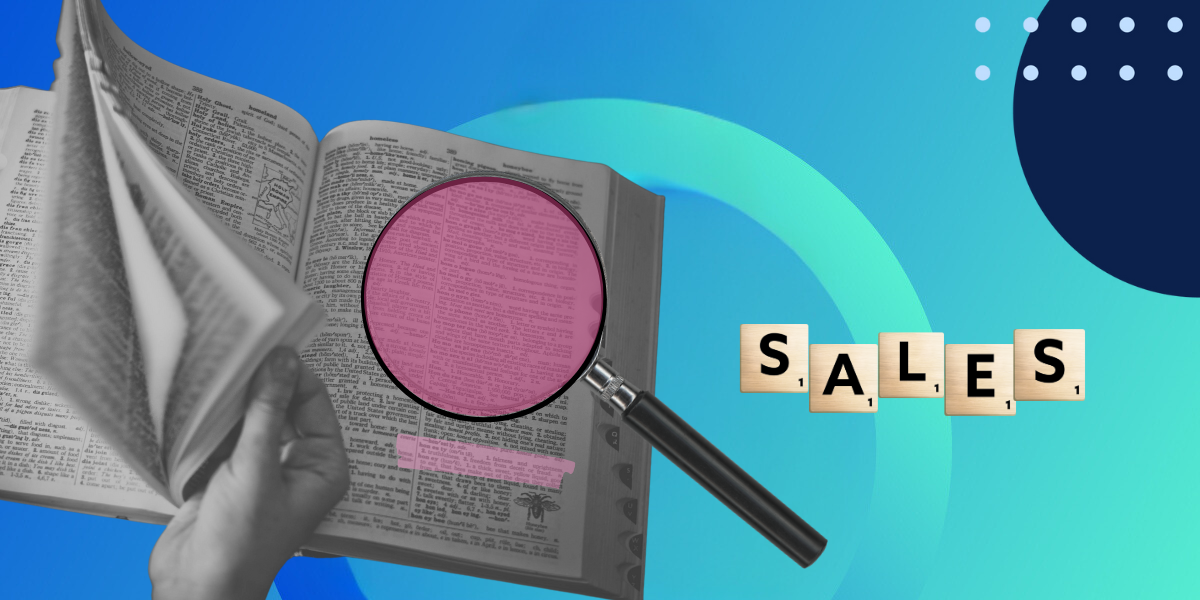How Mobile Insurance Apps Create Personalized Customer Interactions

Everyone enjoys fairy tales. They are fun – everything is pretty, the good prevail (usually), the backdrop is a celebration of some kind, and they take place in a fantastical setting, usually far, far away.
One of the most popular features of a fairy tale is that there is magic, and specifically, that things magically appear. Who doesn’t like the concept of wishing for something to have it appear out of nowhere? In the 21st century magic, Harry Potter fans know, and use, the term “apparate” – the invented verb describing when a wizard magically transports and appears out of thin air.
In 21st century reality, digital transformation is driving what was once considered magical capabilities. Smart forms with their increasing ability to customize options to a specific customer group, are replacing mass market paper forms across various industries, including insurance.
The core technology for this level of customization is a template, or blueprint, for the smart form. How it is designed and populated determines what it looks like and what personalized data is presented. It is like the form is telling the customer, “we already know you.” When the customer feels like the insurance carrier already knows them, they are more engaged and more likely to have a better customer experience.
As smart forms evolve, they are more commonly used on mobile devices. As a result, insurance apps on mobile devices are developing rapidly, and offering interactions and capabilities that until recently seemed magical.
Our customer and specialty insurer Beazley leveraged Experlogix Document Automation Smart Forms to launch the first ever fully personalized insurance policy. Until now, all insurance policies have been paper or PDF documents comprising two main parts: an initial “declarations” page summarizing the coverage purchased and a much longer, standard policy wording that shows all possible forms of available coverage, including coverage not purchased. Beazley has integrated the two parts of the Weather Guard policy into a personalized digital (HTML) document that is far shorter and easier to understand.
Mobile insurance apps are particularly useful, providing information as well as the ability to communicate in both urgent and everyday scenarios.
Say one winter day, you hit a patch of black ice and wind up skidding into a pole. Nothing too serious, but there is enough damage to file a claim. Your mobile insurance app conveniently provides an accident checklist and support features. You can instantly access proof of insurance, so you can skip opening your glove box and riffling through papers. Your app tells you where to upload pictures of the damage that you can snap on your phone, allowing you to begin your claim process immediately.
Emerging embedded technology can even facilitate police communication to your insurance carrier, while your mobile app might be connected to a local weather bureau, so that the risk acceptance for an accident was already recorded.
Like magicians of the old days, most of the tricks are behind the scenes. But the resulting capabilities in the age of digital transformation are real and lasting.


